The next flex office wave
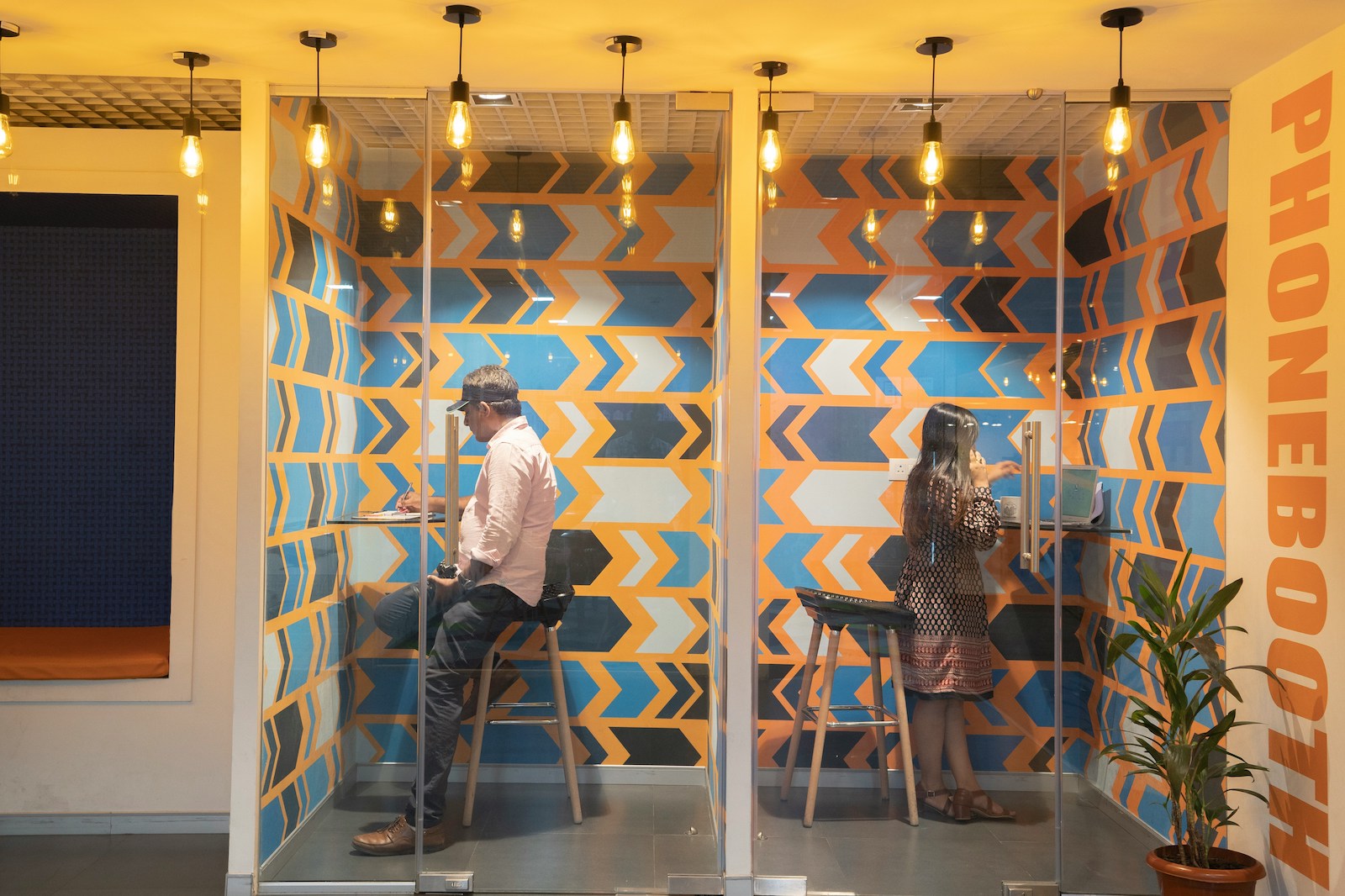
Riding the flexible office wave
Flexible or flex offices in Australia, under which space is rented on short-term leases and amenities are shared by users, has developed in several waves. Initially a cheap option for start-ups, flex offices have commercialised and matured to become an established market component. Around 16% of corporate portfolios today comprise flex offices1.
Today, a new development wave is underway. Flex office space, also known as serviced office or coworking space, is changing once again as it evolves to compete directly with homeworking. It is becoming more sophisticated, more flexible, and expanding into new non-CBD locations. In this article we explore what is happening, how flex office requirements are changing in terms of specification and location, and how market participants can lean into the trend.
Suburbanisation: The next flex office wave
Australia’s flexible offices scene has developed in waves (Figure 1). Wave 1 saw its emergence, orientated around start-ups and community in no-frills space. In Wave 2 it commercialised, becoming more professional, amenitised and scaling up rapidly. Wave 3 saw its maturation into a mainstream market offering and an essential part of corporate portfolios.
Today, Wave 4 is underway. As flexible working policies have become ubiquitous, the flex office offer is changing once again to compete as an alternative to home-based working rather than the office. It is also expanding into new suburban markets and focused in locations that offer unique lifestyle amenities – think funky adaptive reuse warehouse, think views of the ocean and the surf.
Figure 1: The four waves of Australian flex office
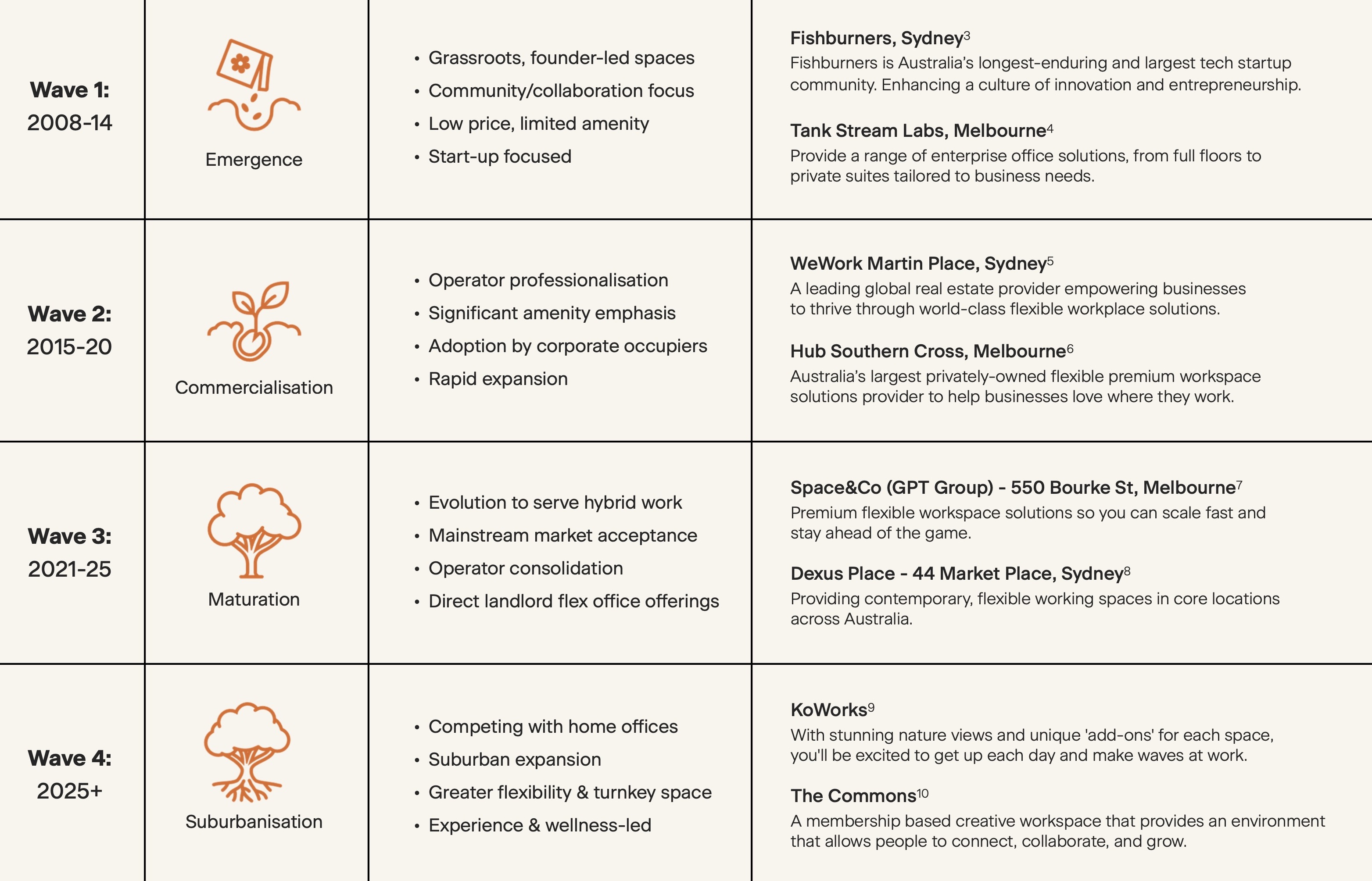
Shifting Sands: New wave, new requirements
To offer a compelling alternative to home, flex offices are reorientating hospitality and lifestyle-type experiences to provide more than just a place to work. Think, great coffee, tasty food, cafes, and funky spaces. As well as functional work facilities like auditoriums, podcast studios, conference rooms, focus pods, and sound-proofed phone booths.
These days end-of-trip facilities are a given, but wellness is a differentiator. Wave 4 flex office users expect exercise facilities/classes, natural light, fresh air, outdoor access and healthy food options. Community is important, requiring strong concierge teams, frequent events and activated common areas. Working space must be fully fitted with turnkey solutions available on demand at short notice to serve unpredictable user needs.
Location, Location, Location: Space is decentralising
Suburban and regional markets are expanding into this service space. They are close to where professionals live and offer reduced commuting time and costs whilst preventing isolation from toiling solo at home. Leases are cheaper relative to spiraling CBD rents. Planning authorities are also supporting suburban flex offices to enable economic opportunity beyond CBDs and aid sustainable travel patterns. For example, Runway HQ’s facilities in Geelong and Ballarat, which are sponsored by the City of Greater Geelong.
Specialised flex office operators such as WOTSO and KoWorks are emerging to specifically target suburban and regional locations. This reflects the new product that users in those locations expect and their growing desire for it. Suburban and regional flex offices are springing up in all sorts of locations from unused retail shops in major shopping centres to vacant industrial warehouses, and even surf clubs. For example, WOTSO operates in a former industrial space in Brookvale, NSW. The Waterman Business Centre operates inside Chadstone and Eastland shopping centres in Vic. Whilst KoWorks has created flex hubs in a former industrial warehouse in Gosford and Kilcare SLSC on the NSW Central Coast.
Because flex space is becoming more localised and dispersed, Wave 4 occupiers tend to be smaller than those in previous waves. User demand is strongest for smaller offices serving teams of 5-30 or individual desks rather than large offices for 50+ people2. Flex space in suburban locations is focused where there is uniqueness and can offer lifestyle amenities.
Riding the Wave: Capturing the opportunity
The next flex office wave creates new opportunities for landlords, investors and users. Flex space funders and operators who create spaces aligned to Wave 4 user requirements to compete successfully with home-offices will be rewarded by occupancy and rents. This requires not only a suburban or regional location but quality hospitality, wellness and community offer alongside unique work spaces.
Flex office proposals can have sizeable economic and sustainability benefits. They affirm the ‘new normal’ of the dispersed nature of office-based work. With activities now firmly split between the office, home and a third place (library or coffee shop), that ‘third place’ now includes flex office space that is close to home. Wave 4, the new flex office trend, is gathering momentum. It will build for some time yet and landlords, investors and economic developers focused on economic development should seize it.

References
1 CBRE (September 2025). “Australia Office Occupier Survey 2025”. Available from: CBRE Pacific Outlook 2024 All sectors
2 Rubberdesk (Q2 2025). “Flexible Office Space Report”. Available from: Australian Flexible Office Market Report - Q2 2025 | Rubberdesk
3 Fishburners, Sydney: The Leading Startup Community In Australia - About Us
4 York Butter Factory, Melbourne: esic.directory/Accelerator/york_butter_factory
5 WeWork Martin Place, Sydney: Coworking giant WeWork opens first Australian location in Sydney's Martin Place - Startup Daily
6 Hub Southern Cross, Melbourne: Inside Victoria’s Largest Coworking Space | The Urban Developer
7 Space&Co (GPT Group) 550 Bourke Street, Melbourne: https://www.gpt.com.au/office/space-co
8 Dexus Place 44 Market Place, Sydney: 44 Market Street, Sydney, NSW 2000 - Office For Rent | Office Hub
9 KoWorks: https://www.koworks.au/spaces
10 The Commons: https://www.thecommons.com.au/
Related posts
Dive deeper into insights that matter to you.
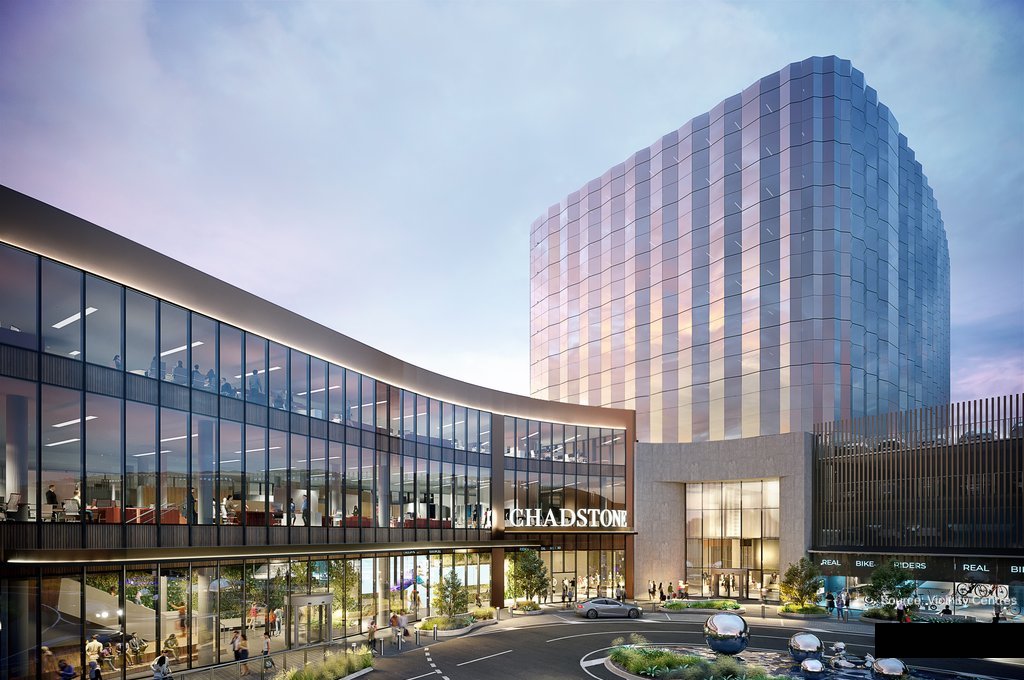
Retail on the Rise: Australia’s shopping centre revival

State of the States: A comparison of demographic trends
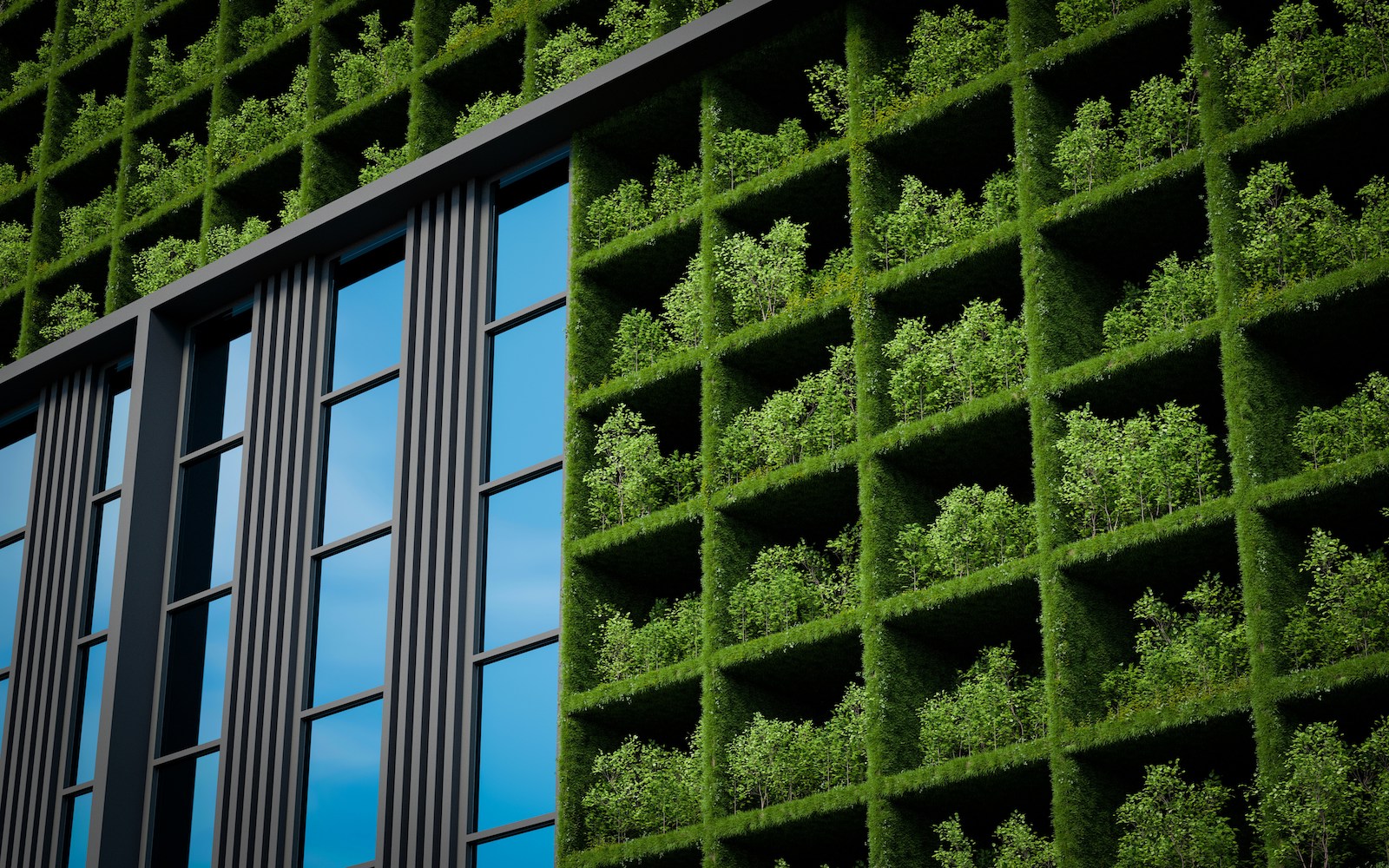
Green leases and ESG: How Australian real estate shapes up against other major countries
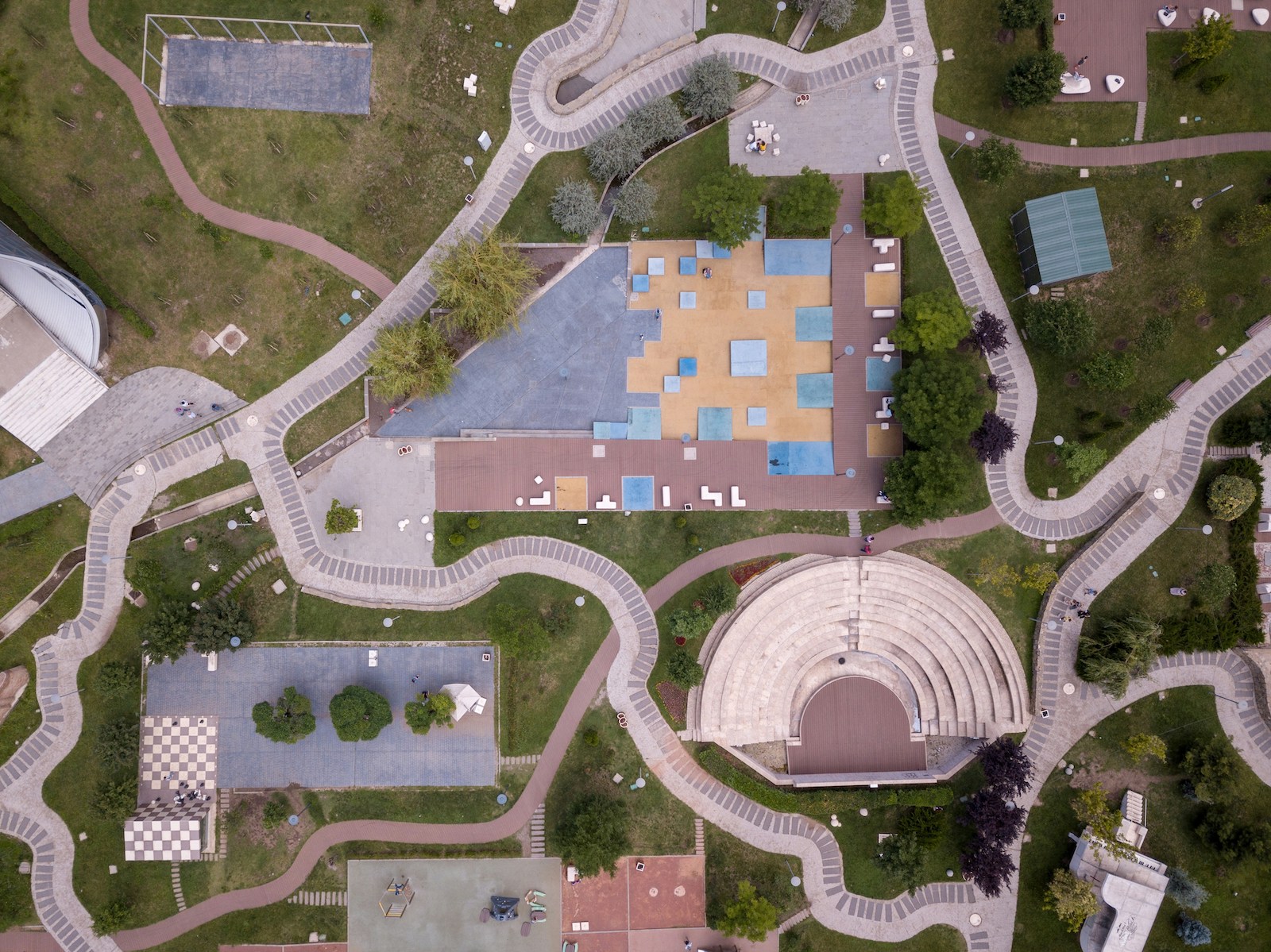
Part 1: Why Community Infrastructure Matters
Make smarter decisions
Get in touch with the Team to get an understanding of how we transform data into insightful decisions. Learn more about how Atlas Economics can help you make the right decisions and create impact using our expertise.
